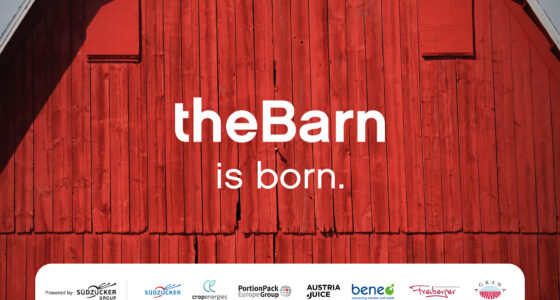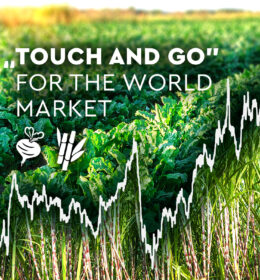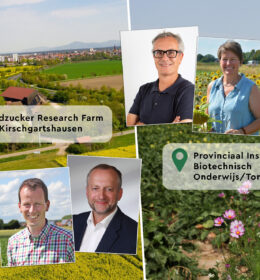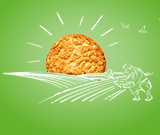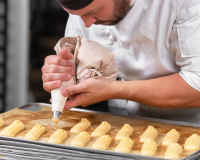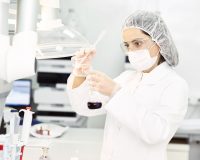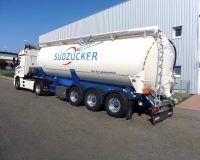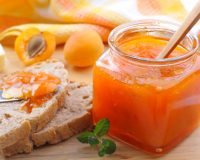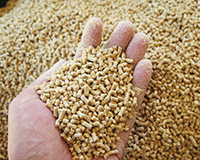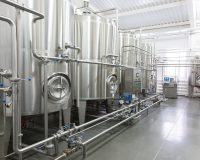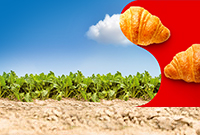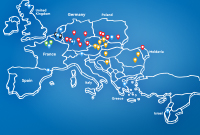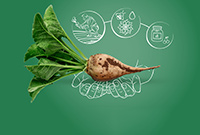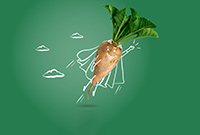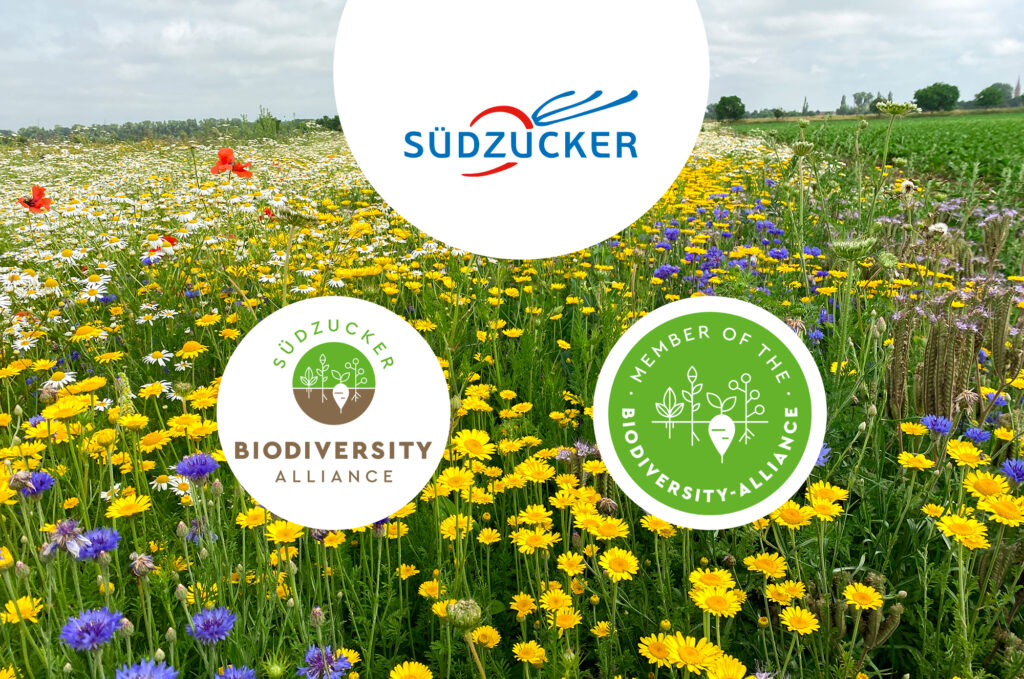
Südzucker Biodiversity Alliance
As a leading food ingredient manufacturer, we are committed to contributing to a healthy, sustainable, and enjoyable future. Sustainability is gaining importance in every aspect of life. Therefore, we consider it our responsibility to make it part of our DNA and drive it forward. Social and environmental sustainability form the pillars we build on.
The Südzucker Sugar Division, as part of the integrated Südzucker Group, has defined four main impact areas (derived from the Südzucker Group strategy – learn more on our sustainability page), in which we focus on contributing strongly to a more sustainable future:
When it comes to the environmental dimension, we focus primarily on sustainable sourcing, fostering biodiversity, CO₂ eq emissions reduction, and responsible use of water.
The social dimension concerns our internal and external stakeholders: our employees build the basis for a strong company and for them we strengthen work safety, foster diversity and take care of their well-being. We ensure fair remuneration and working conditions for our farmers, with whom we have always enjoyed long-lasting, close relationships.
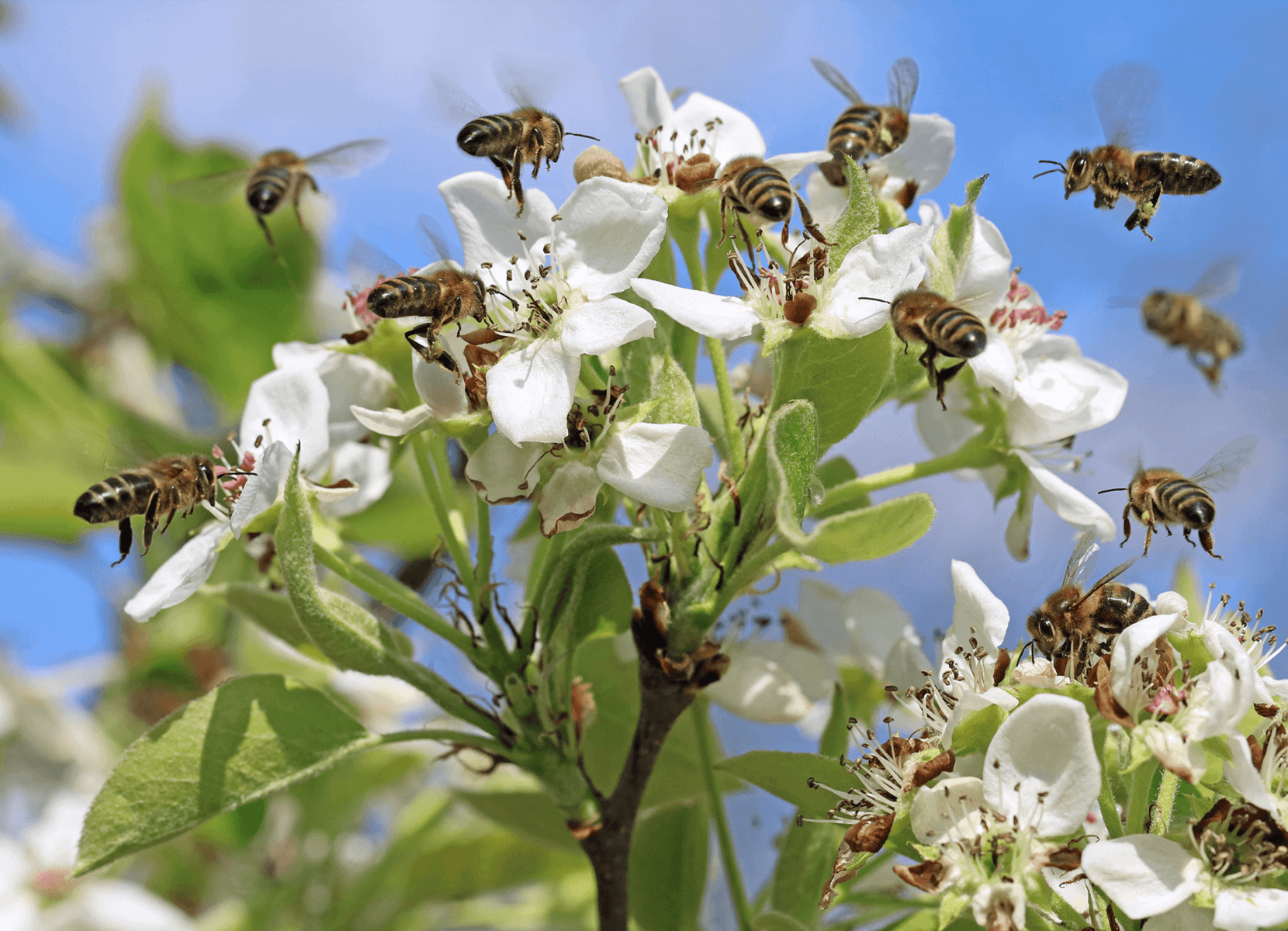
Fostering biodiversity forms our second key impact area. In 2022, with our farmers, we have preserved biodiversity in local ecosystems and committed to more responsible water use. To make our supply chain more sustainable, we apply the total number and area of flower strips in all Südzucker growing countries as a KPI. Our target was to reach 220h of flower strips, and we are happy to share that we overachieved our goal and sowed 225h in total.
On top of this, we are working on running two factory-level biodiversity projects. To build upon a more responsible use of water, we aim to focus on a better use of the water in clearing ponds next to our production sites. We are also engaged in establishing several collaborations to improve bird habitats and to drive more awareness for this issue.
We are taking several steps to ensure that we reach our goals, better understand flower strips and their impact, and host press events on the fields to raise awareness.
Furthermore, we have established long-term collaborations for understanding the impact of near- and in-field biodiversity, first and foremost with the Institute for Agroecology and Biodiversity in Mannheim, which specializes in studying the effects of measures like flower strips on biodiversity.
Since 2018, Südzucker has been collaborating with the Institute for Agroecology and Biodiversity in order to research the impact of flower strips on biodiversity in and around sugar beet fields.

The study is being conducted on Südzucker’s research farm in Kirschgartshausen, Germany. The monitoring was carried out by means of combi traps and sweep-net sampling. On the Kirschgartshausen research farm, single-year and perennial flower strips with a width of 12 m were integrated into sugar beet fields on an area of 1.8 to 3.4 ha. Per year (2018 – 2020), two large sugar beet fields of approx. 25 ha were planted – one with integrated flower strips and one without (control area). Sweep-net samples were collected between the beginning of June and mid-September in both sugar beet fields, in the flower strips, as well as the herbaceous habitats adjacent to the control field.
A first whitepaper has been published about the research with the Institute for Agroecology and Biodiversity and is available as a complimentary download. Feel free to contact us for further, more detailed discussions.
After very detailed, insightful results in 2021, the collaboration has been extended to build on the initial insights and further strengthen the derived management strategies for flower strips and biodiversity on the field. Updated results from the following year are also being consolidated and will be communicated in due time.
A major result is an increase of 300 to 400% in pollinator biomass and beneficial insects in these flower strips compared to the control area.
However, we know that even though we see our central role in fostering biodiversity to contribute to a more sustainable future, we can’t do it alone. We must support our farmers even more, and need to open up our activities to include collaborations with partners along the entire value chain. Introducing: the Südzucker Biodiversity Alliance!
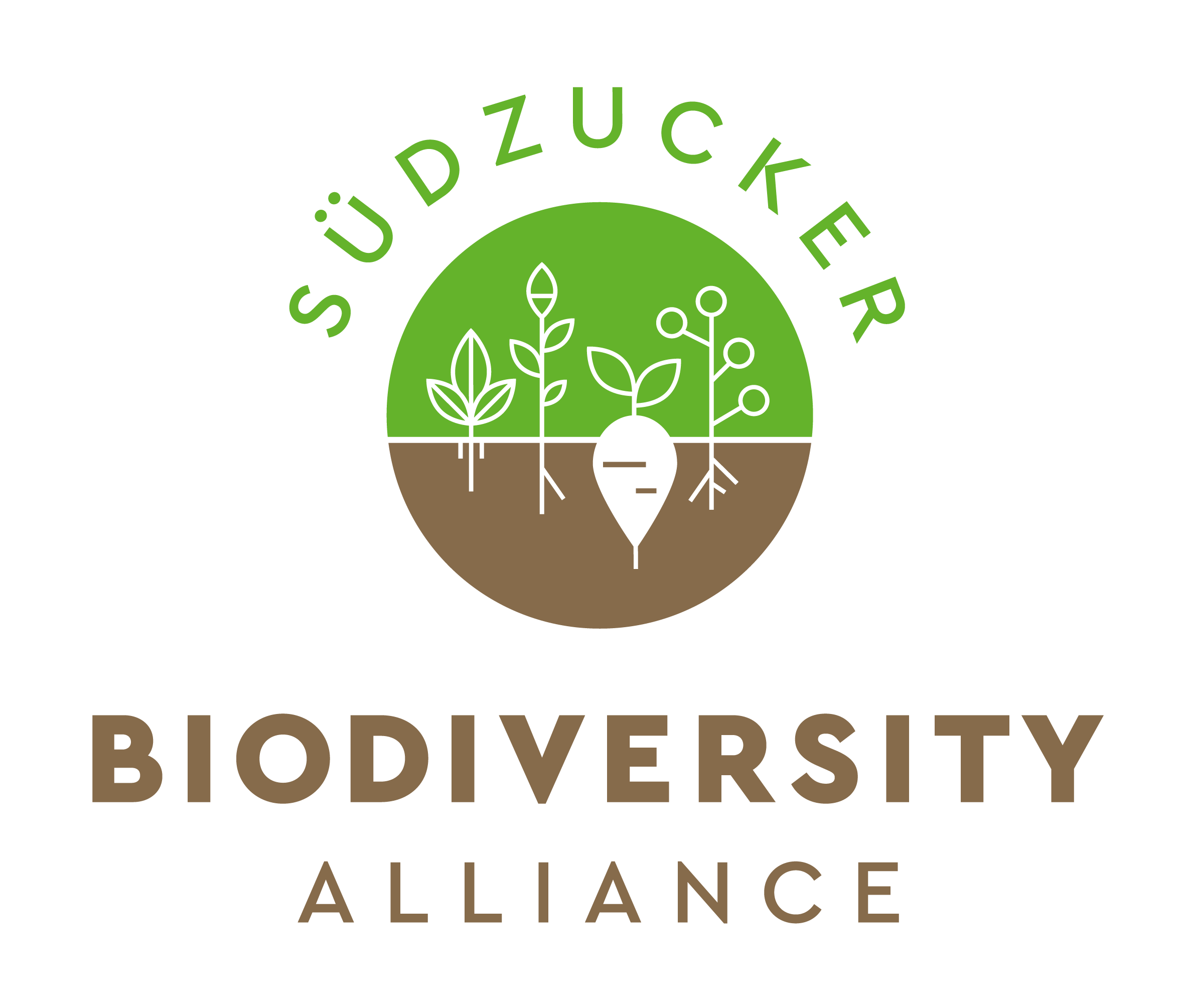
As the next step on our Biodiversity roadmap, Südzucker Division Sugar has created the Biodiversity Alliance – an alliance between our farmers, Südzucker, and interested industry customers to jointly foster biodiversity.
It is our goal to contribute to a more sustainable world and to foster biodiversity in our natural ecosystems – together with our farmers and customers
- Agriculture is one of the main drivers of biodiversity loss – it is our responsibility to be part of the solution, connecting agriculture and consumption with us as facilitators in the middle
- We are an agricultural company that has maintained close partnerships with southern German farmers for decades. We can provide direct access to a large agricultural infrastructure to achieve a meaningful impact
- Transparent, sustainable solutions for farmers, customers and consumers – with measurable impact and traceability. It is our mission to involve all stakeholders along the value chain to create the greatest possible synergies
Through our regular scientific research on the impact of different biodiversity measures, we identify optimal approaches to promote biodiversity in sugar beet cultivation. We then transfer our key learnings into practice in the field together with our farmers. Transparent, sustainable and fair
- We have had a close partnership with the Institute for Agroecology and Biodiversity (ifab) in Mannheim for several years. We implement scientific studies on our research farm in Kirschgartshausen, identifying the impact of various biodiversity measures (i.e. sowing flower strips) on regional biodiversity
- From the results, we derive management strategies for subsequent implementation in the fields of our farmers
We developed a catalogue of 5-7 effective biodiversity measures for implementation by farmers. All initiatives have transparent requirements on the basis of which the farms are externally audited annually. The implementation results in a “biodiversity premium” for their sugar beets.
- The implementation on the fields by our sugar beet farmers is based on a measurement catalogue developed together with ifab, from which the farmer can choose what to actually implement on his farm
- Each measure has specific requirements and weighted points. The farmers have to reach a certain amount of points to be considered “biodiversity-friendly”, based on the size of their sugar beet field
- Each measure contributes to biodiversity differently, either as food or habitat for different animals and beneficial insects or through other influences on the soil. A mix of various measures is essential to increase biodiversity – in the soil, on the soil and above the soil in different ways. Initially, measures are developed over a period of at least three years, but we will encourage farmers to adopt a long-term implementation of the measures
The measurement catalogue is part of the bilateral agreement with the farmers and also serves as an interactive tool in which they can choose and calculate which measures to implement and in what scope. The weighting of the various measures is based on several aspects, among others:
- The impact on biodiversity the measure has
- The amount of effort needed to implement the measure
The measures have not only been developed together with ifab but were also examined and refined with the farmers to match scientific theory and applicable practice perfectly.
The graph below shows an exemplary, fictitious farms and how they could potentially break down their biodiversity measures:
|
Example Farm |
||||
|---|---|---|---|---|
| Total farm area | 23 | ha | ||
| Beet area of farm | 5 | ha | ||
| Beet share in crop rotation | 22% | |||
| Required points/target # of points | 5 | |||
| No. | Measure | |||
| Structural and crop measures (w/out single-year flower strips) |
Pts./ha | ha | Points | |
| 1 | Perennial flowering area | 6 | 0.2 | 1.2 |
| 2 | Extensive grain cultivation with under-seeding | 3 | 1 | 3 |
| 3 | Mixed crops with at least 1 flowering component | 2 | 0 | |
| 4 | Unharvested grain/clover grass strips | 4 | 0.1 | 0.4 |
| 5 | Corn cultivation with flowering under-seeding | 3 | 0 | |
| Total structural and crop measures | 1.3 | 4.6 | ||
| Partially creditable measures* | Pts./unit or ha | Unit | Points | |
| 6 | Rock piles – installation and maintenance (pts. per unit) | 0.3 | 1 | 0.3 |
| 7 | Nesting aids for building and cavity nesting birds (pts./unit) | 0.1 | 12 | 1.2 |
| Total of partially creditable measures | 1.5 | |||
| Max. # of points for partially creditable measures | 0.5 | |||
| of which actually creditable | 0.5 | |||
| Total # of ha or points | 1.3 | 5.1 | ||
| Points/ha | 102 | |||
| *area-based measures to be credited with a max. of 10% of the target # of points | ||||
Principal Requirements for Implementation (high-level)
“Biodiversity-friendly” are only farms that have implemented enough measures to reach 100 % of the required points, measured in terms of beet field size (5 ha of beet field to achieve 5 points)
Südzucker’s catalogue of requirements describes active, additional measures by farmers that can be measured & audited (beyond the legally required minimum*).
*see official agri-environmental measures
Each measure has specific requirements in fact sheets, for implementation and control by the farmer
Farmers provide evidence of the implementation of the measures via photo documentation and tabular lists in a trackable system
The pilot project was launched in the fall of 2022 by a farming community of 6 farmers (Mainz/Bingen region, Undenheim) near our plant in Offstein, which will lead to the first implemented biodiversity measures on an agreed biodiversity area of 14 ha under the umbrella and requirements catalog of the Südzucker Biodiversity Alliance. Naturally, the implementing farmers receive a “Biodiversity Premium” on top of the price for their sugar beets as part of the accompanying bilateral agreement.
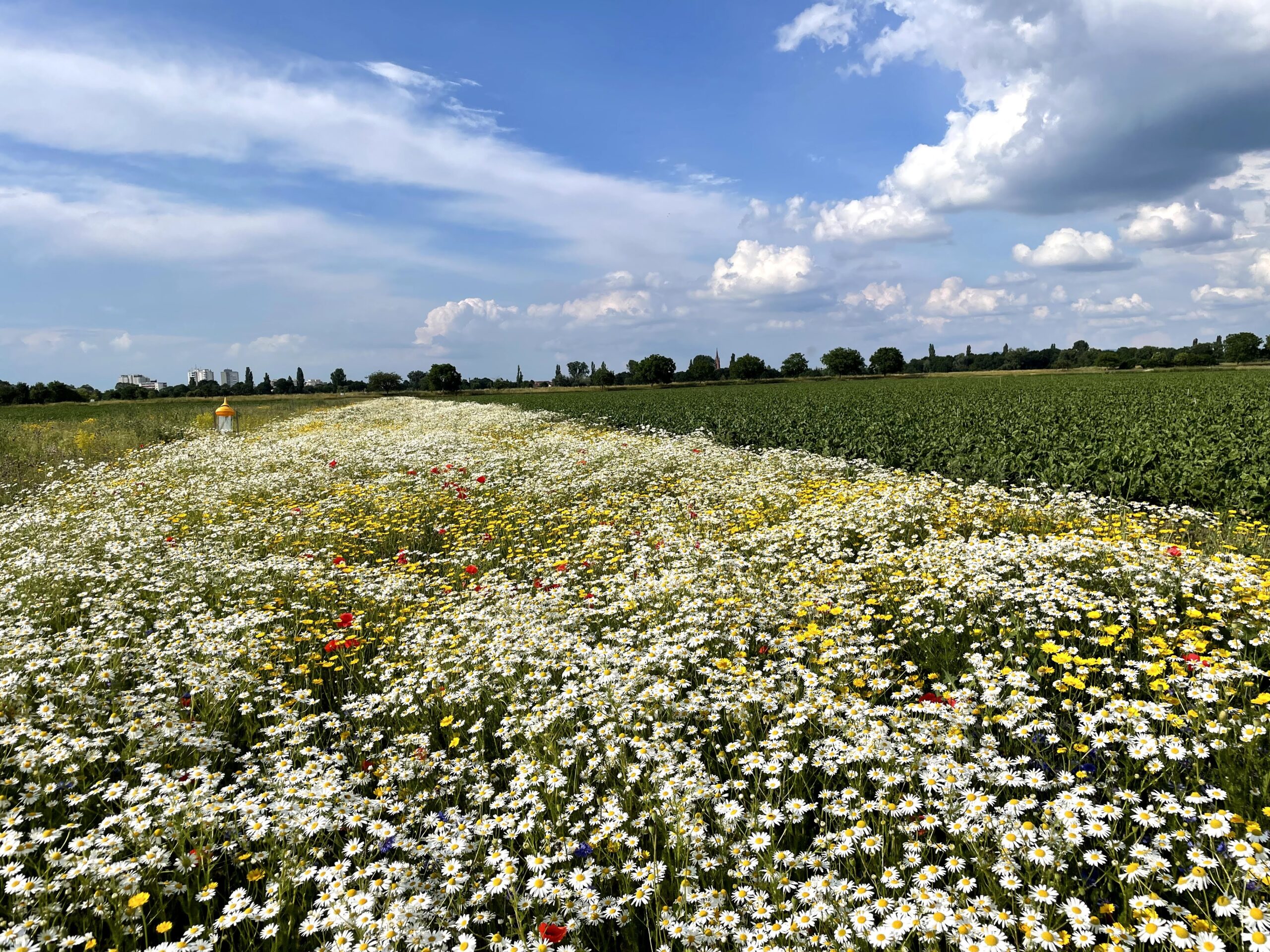
The ongoing monitoring and yearly evaluation of the implementation and results will also serve as a basis for further improvements of the measures, set-up, and organization. It will also present a clearer picture of the effort required from the farmers, who are also subject to many external factors – one of them the climate.
It is our clear goal, to scale our Biodiversity Alliance further across the Südzucker Sugar Division areas – by increasing farmer participation in the Offstein region and adding farmers from other parts of Germany who deliver sugar beets to our factories over the following years.
The participating farmers will continue to deliver their sugar beets to us during the campaign every year. Industry customers can join the Südzucker Biodiversity Alliance by using “Biodiversity Beet Sugar*” in their own products. The revenue we generate via these sales will go back to the farmers 100%.
As a member of the Biodiversity Alliance, you can also use the official member logo (colour or negative) for your own communication, if desired. A detailed style/usage guide will be provided.
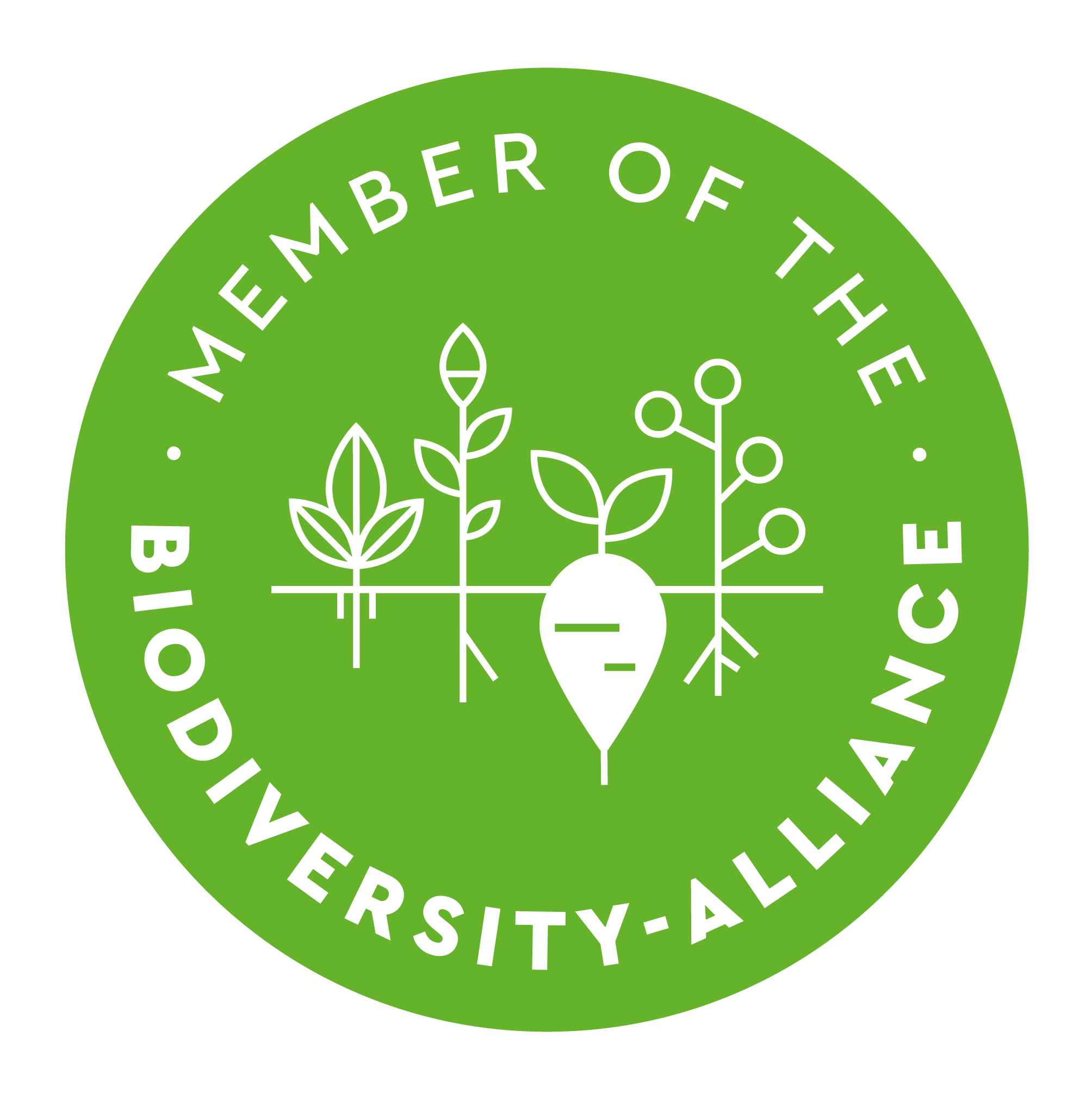
In general, the process can be understood as follows:
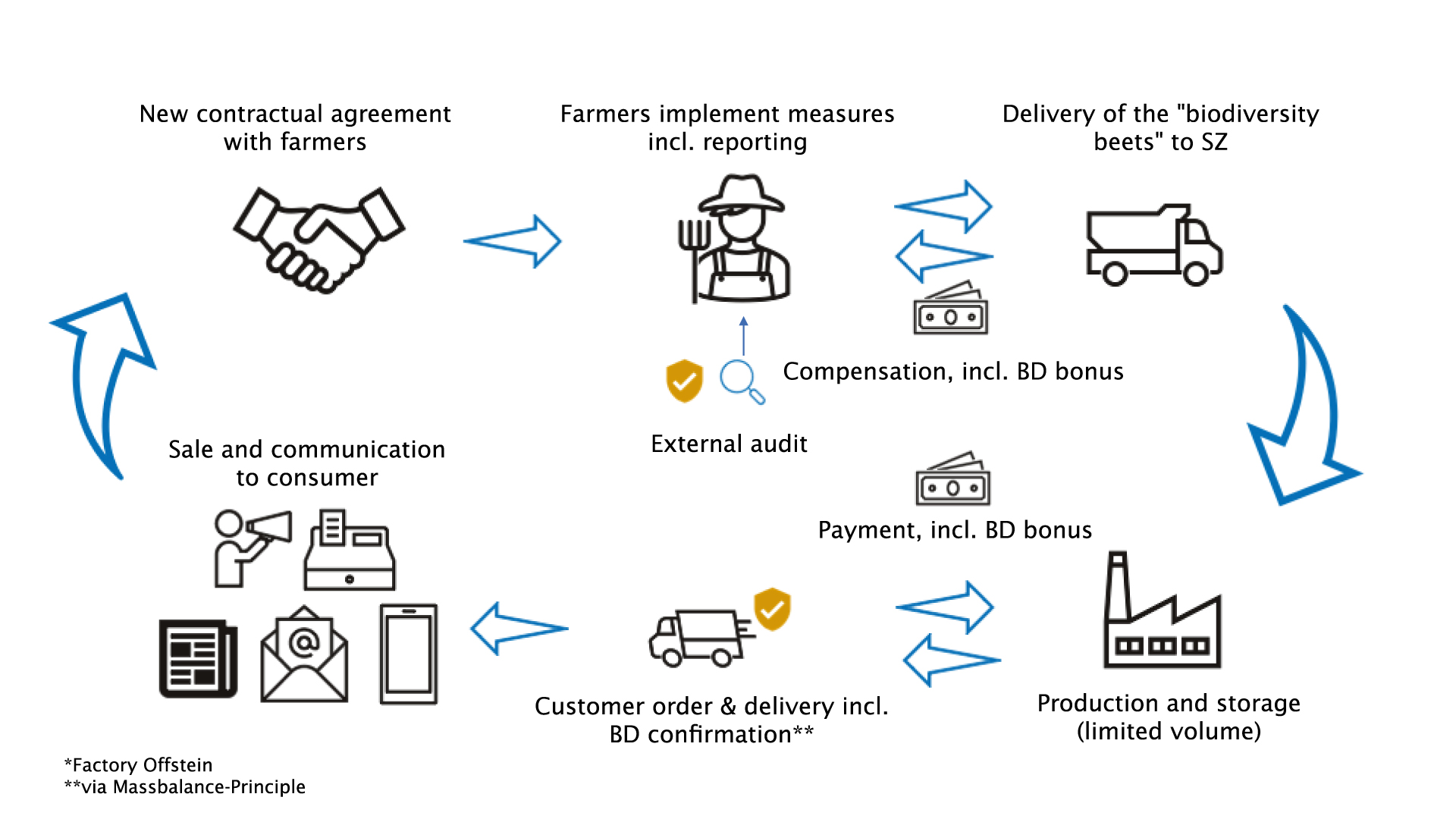
We are, of course, happy to grant our customers insight into the actual documentation of the measures.
*”Disclaimer: The sugar itself doesn’t contribute directly to improved biodiversity. The name “Biodiversity Sugar” only signals the fact that the sugar is from sugar beets that have been sown in the fields that are part of the Biodiversity Alliance and around which the biodiversity measures have been implemented. The allocation is handled via the Mass Balance principle with strict internal controls and processes in place.
Are you interested in more details about the Biodiversity Alliance?
Do you want to learn more about how you can be part of it?
Reach out to us directly, either via the contact form on the website or e-mail us at info@suedzuckergroup.com.
We look forward to hearing from you and embarking on this journey to foster biodiversity together.

